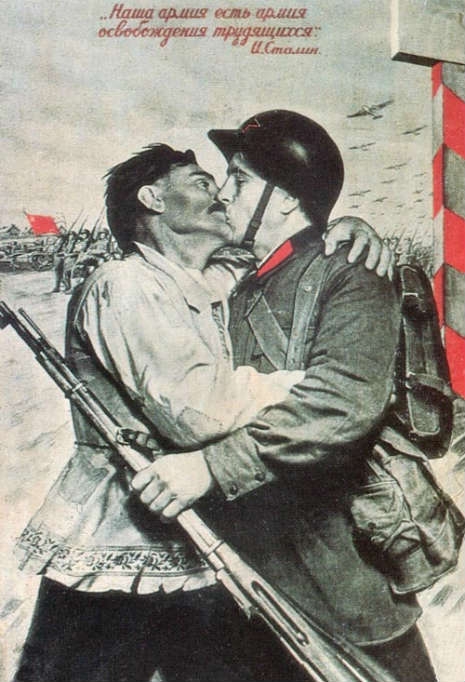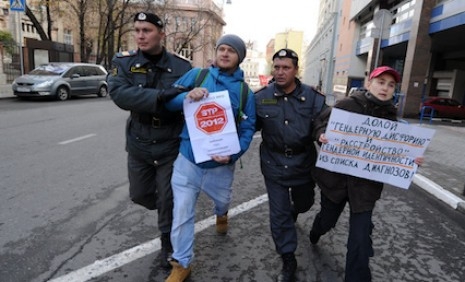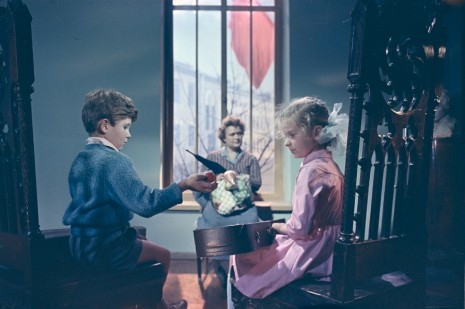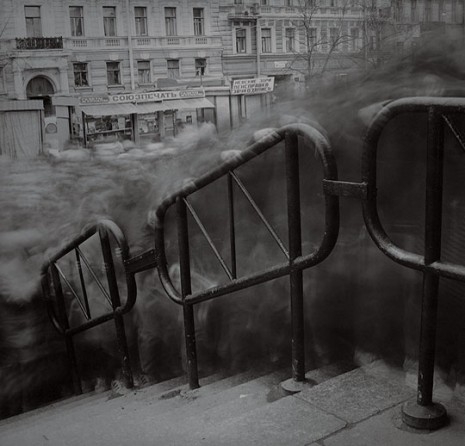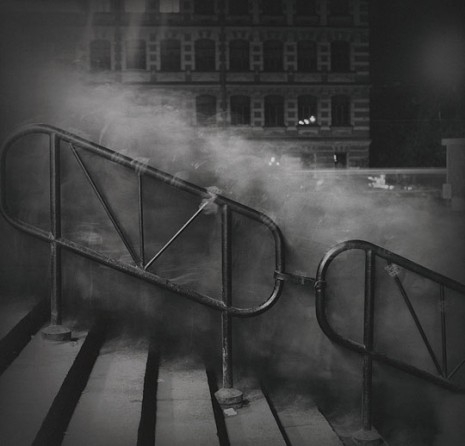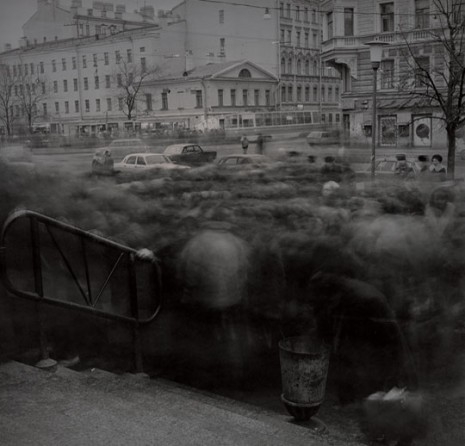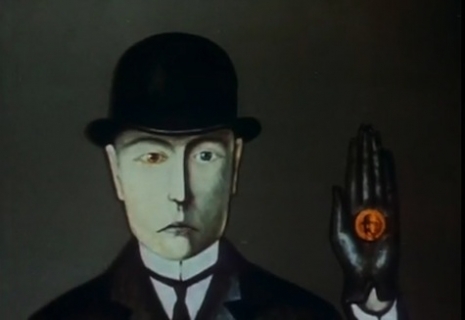
This is a guest editorial by “L”. It was brought to Dangerous Minds by Elizabeth Veldon, who writes this short introduction:
“There has been a lot of news coverage recently of homophobia in both Russia and Sweden, including the forced sterilization of gender variant people in Sweden. This piece is written by a friend of mine, a woman with a transsexual history, who has experience of life in both countries.
She is currently fighting extradition to Russia where she faces open discrimination and probably death. Myself and 36 other underground artists contributed to a release for her. If you want to hear the music I urge you to read her own words first.
This is her story, her voice.”
My name is L., and I am a woman with a transsexual past (male-to-female, MTF). I have had gender dysphoria since my early childhood, so I always had a lot of problems with socialization.
I have never seen my father because he left my family before my birth. I grew up with my mother and grandmother, who were extremely transphobic and authoritative and did not pay attention to my mental difficulties. I had to hide my real self from everyone from when I was 11 years old. It wasn’t until I was 21, in 2007, that I decided to stop hiding, and took my first attempt to bring my appearance in accordance with my self-perception.
This gave me other troubles, and I’ll only give one example: in October 2007, I was stopped on the street by a police officer, who took my IDs and took me to a police station. So-called “state authority representatives” made me strip nude and began to beat me and to urinate on me, laughing and shouting “fags must die!” When they put my head into the toilet bowl and cried out, “Drink Russian water you queer,” I lost consciousness. Eventually I woke up in an unfamiliar yard, my clothes torn and dirtied with urine and faeces. After this, I attempted to commit suicide. Thanks to my friends with the same problems, they helped me to find strength to withstand. But, I was hiding my real identity again for almost a year, and this was a real torture. I couldn’t stand it.
I learned that Sex Reassignment Surgery (SRS) in the Russian Federation would require a conformance letter from the Moscow Scientific Research Institute of Psychiatry, and in order to obtain one, a psychiatric examination was necessary. My friend in the transgender community told me about terrible violations of human rights in such clinics (unsanitary conditions, mobbing, rape, tortures, etc). Nevertheless, I could not live ‘as-is’ anymore, so I began Hormone Replacement Therapy (HRT) at my own risk. When my mother and grandmother discovered what I was doing, they threw out my female dress and hormones, but I continued with HRT secretly.
In September 2009, I met Anton, the man who totally understands me. Our relationship grew rapidly, but when my mother and grandmother found out they turned my life into hell. So, I left them for him, and we started living together.
Unfortunately, the problems connected with my transgender identity followed me through all my life in Russia. My boss – who was the head of the IT department of the local Federal Tax Inspection Office – told me (quote), “You have the choice – resign or face big problems. Fags are not welcome here.” I was forced to resign.
You can read the rest of L’s story after the jump…
The forced sterilzation of transgender persons and those with a transgendered past has now been abandoned by the Swedish authorities, but Russia still actively discriminates agains its LGBT community, as this video demonstrates:









